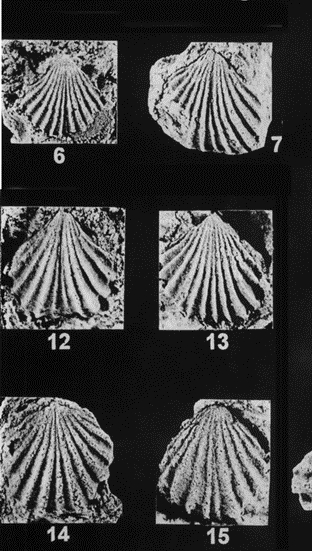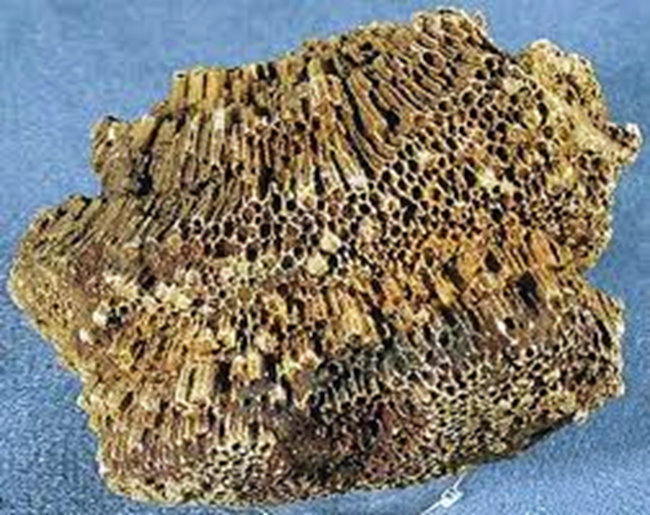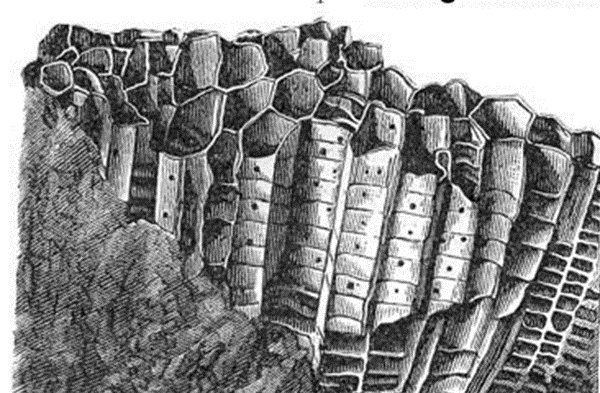Bo Hieng Fm
Type Locality and Naming
Its stratotype occupies the lower part of the Bo Tao - Phu Chuot section, from Bo Tao to Tien Ban villages (on the bank of the Song Da River), situated near Bo Hieng Village, Son La Province (N= 20° 53’; E= 104° 56'). Nguyen Vinh (1977).
Synonym: Điệp Bó Hiềng-. Nguyễn Vĩnh in Phan Cự Tiến et al. 1977 S2 –D1, in Vũ Khúc, Bùi Phú Mỹ el al. 1990 (S2 - Dj); Dương Xuân Hảo et al 1980 (S2-D1); Tống Duy Thanh et al. 1986 (S); Trần Đức Lương, Nguyễn Xuân Bao 1994 (S1-D2); Tạ Hòa Phương, Lê Văn Mạnh, 1996 (Hệ tầng - S2); Tống Đuy Thanh in Vũ Khúc et al. 2000 (Hệ tầng). Etage de marnes de Ban-Hom: Deprat J. 1914 (Gothlandian); Dussault L. 1929 (D); Saurin E., 1956 (Di em- Dje).
Etage de calcaires de Ban Horn-. DepratJ. 1914 (Gothlandian); Saurin E., 1956 (D2e); Hệ tầng Sinh Vinh (part.): Dovjikov A.E. et al, 1965 (O3-S1); Nguyễn Xuân Bao et al., 1969 (O3-S1 - Điệp)-, Trần Văn Trị et al, 1977 (O3-S - Điệp). Các trầm tích Silur thượng-. Nguyễn Hữu Hùng et al. 1988
Lithology and Thickness
Limestone, marly shale. Stratotype on Da River bank; is over 750 m thick: (1). Dark grey marly shale and siltstone; 50 m thick, with brachiopods and bivalves. (2). Dark-grey limestone containing poorly preserved rugose ("coral") with thin interbeds of of light-grey shale; 250 m thick. (3) Dark grey limestone and clayey limestone interbedded with sandy limestone and calcareous siltstone; 350 m thick. (4). Dark-grey limestone interbedded with grey, greenish-grey clayey limestone and marl, and with some interbeds of conglomerate; 120 m thick. Hoa binh – Tu Ly section is mainly marly shale interbedded with limestone; 900 m thick.
Relationships and Distribution
Lower contact
Conformably rests on the underlying Sinh Vinh Fm.
Upper contact
Conformably overlain by the Song Mua Fm.
Regional extent
Distributed in the Muong Te, Hoa Benh- Tu Ly, Yen Lap, etc. areas situated on the lower coarse of the Song Da (Da River).
GeoJSON
Fossils
Contains Brachipods, Bivalves and Rugose: Retziella weberi, Tadschikia xuanbaoi, Scoliopora sp., Favosites kunjakensis, Squameofavosites ex gr. bohemicus Iridistrophia aff. praeumbraculum, Orbiculoidea sp., Retziella weberi, Modiomorpha brevis, Modiolopsis sp., Orbiculoidea sp., Strispirifer sp., Schellwienella sp., Lingula sp., Camarotoechia aff. nucula (Nguyen Vinh 1977)..
[Figure: Bó Hiềng Fm (S3-4 bh): Silurian: Brachiopods Retziella weberi; (images courtesy of Prof. Ta Hoa Phuong, Vietnam Natl. Univ. Hanoi)]
[Figure: Bó Hiềng Fm (S3-4 bh): Silurian: Tabulate Favosites banhomensis, (2 images) (images courtesy of Prof. Ta Hoa Phuong, Vietnam Natl. Univ. Hanoi)]
Age
Depositional setting
Brachiopods and bivalves from the lower member of the Bo Tao - Tien Ban stratotype indicate the Late Silurian age. Rugose corals found at the base of member 2 are poorly preserved, Tabulates from the middle and upper parts of member 3 are mainly endemics, but corals have been recognized as close to Silurian species.
Additional Information


